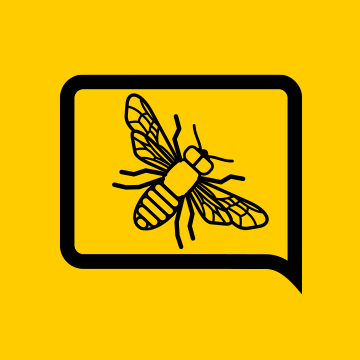I've mentioned this technique before, and it went down then like the proverbial lead balloon - and so I reckon it's pretty safe to predict that the same will happen again now - but to hook onto what Greg has just posted ...
When it comes to queen introduction, commercial operators work on a percentage basis - and quite right too - in which levels of success need to be balanced against the time spent on queen introductions. Amateurs however require more of a 100% guarantee (especially if they only have one queen available), and can afford to spend far more time with introduction in order to achieve success.
I've never been very impressed with the idea that some 'magic figure' exists with regard to the number of days required for acceptance, and much prefer to see for myself that the queen has been accepted before deciding to release her - that is, to observe and to act accordingly.
My own method of direct introduction is based on:
The Knight/Taber/Dews Method of Queen Introduction except that I leave the attendants in place as their removal appears to make little difference. Then each day I test for acceptance by running a cocktail stick or toothpick gently over the cage. If the stick meets resistance due to the bees gripping the cage, then the cage is replaced until the following day when it undergoes testing again. When the bees finally lift their legs obligingly in order to allow the stick to pass underneath them, that is taken as a sign that they have ceased hostilities and have finally accepted the presence of the new queen. However, I always allow a further day's delay before releasing as a measure of 'insurance'.
I cannot claim the high numbers of introduction experienced by commercial guys, but I've not had a single failure yet with this system. Although I made-up dedicated queen intro kit similar to that of Knight, Taber and Dews, I've also used a coleslaw carton ex. supermarket within which to contain a queen cage held over a top cover feed hole, with equal success.
'best
LJ
Apparently I'm not allowed to say
cocktail on this forum ... LOL






